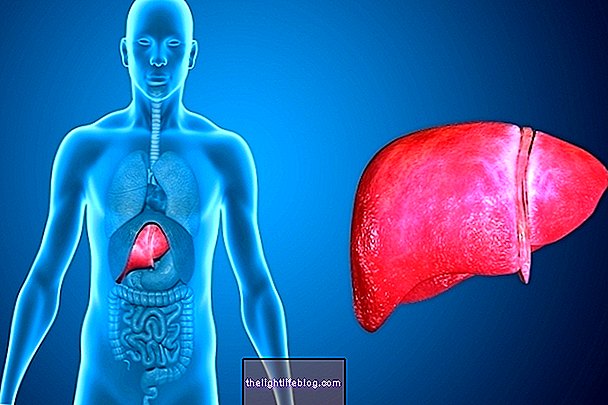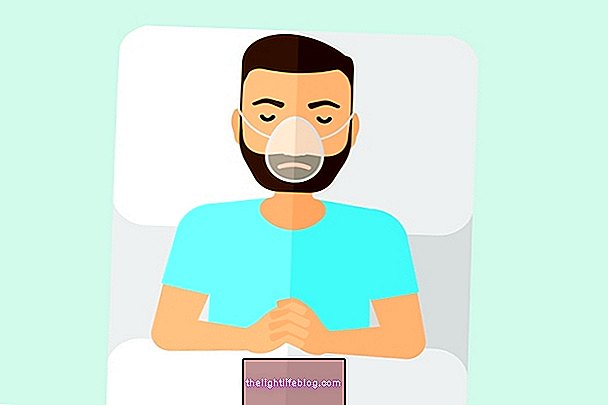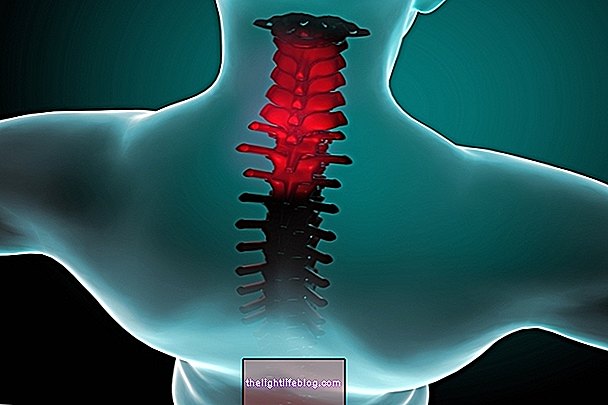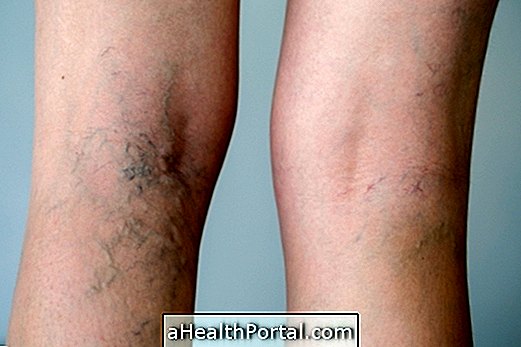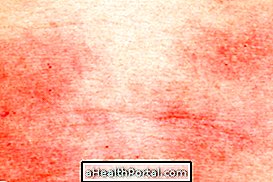Weaver's syndrome is a rare genetic condition in which the child grows very fast during childhood, but has delays in intellectual development, in addition to having characteristic facial features, such as a large forehead and very wide eyes, for example.
In some cases, some children may also have joint and spinal deformities, as well as weak muscles and flabby skin.
There is no cure for Weaver's syndrome, however, follow-up by the pediatrician and treatment adapted to the symptoms can help improve the quality of life of the child and the parents.

Main symptoms
One of the main characteristics of Weaver's syndrome is that it grows faster than normal, which is why weight and height are almost always in very high percentiles.
However other symptoms and features include:
- Little muscle strength;
- Exaggerated reflexes;
- Delay in the development of voluntary movements, such as grabbing an object;
- Low, hoarse crying;
- Eyes wide apart;
- Excess skin in the corner of the eye;
- Flat neck;
- Wide forehead;
- Very large ears;
- Foot deformities;
- Fingers constantly closed.
Some of these symptoms can be identified shortly after birth, while others are identified during the first few months of life during consultations with the pediatrician, for example. Thus, there are cases in which the syndrome is only identified a few months after birth.
In addition, the type and intensity of symptoms may vary according to the degree of the syndrome and, therefore, in some cases may go unnoticed.
What causes the syndrome
A specific cause for the emergence of Weaver's syndrome is not yet known, however, it is possible that it happens due to a mutation in the EZH2 gene, responsible for making some of the DNA copies.
Thus, the diagnosis of the syndrome can often be made through a genetic test, in addition to observing the characteristics.
There is still a suspicion that this disease may pass from the mother to the children, so it is recommended to do genetic counseling if there is any case of the syndrome in the family.
How the treatment is done
There is no specific treatment for Weaver's syndrome, however, several techniques can be used according to the symptoms and characteristics of each child. One of the most used types of treatment is physiotherapy to correct deformities in the feet, for example.
Children with this syndrome also appear to be at a higher risk for developing cancer, especially neuroblastoma, and it is therefore advisable to have regular visits to the pediatrician to assess whether there are symptoms, such as loss of appetite or distention, which may indicate the presence tumor, starting treatment as soon as possible. Learn more about neuroblastoma.
Was this information helpful?
Yes No
Your opinion is important! Write here how we can improve our text:
Any questions? Click here to be answered.
Email in which you want to receive a reply:
Check the confirmation email we sent you.
Your name:
Reason for visit:
--- Choose your reason --- DiseaseLive betterHelp another personGain knowledge
Are you a health professional?
NoMedicalPharmaceuticalsNurseNutritionistBiomedicalPhysiotherapistBeauticianOther
